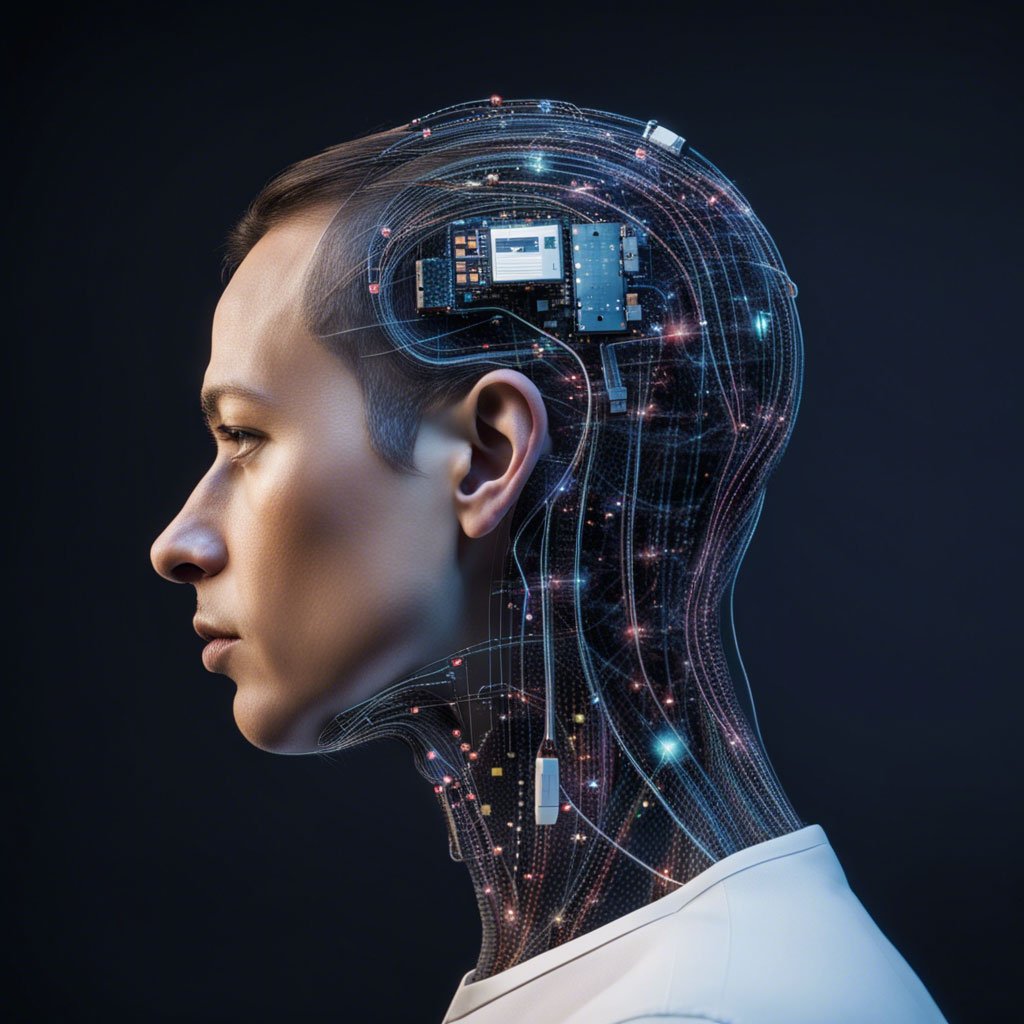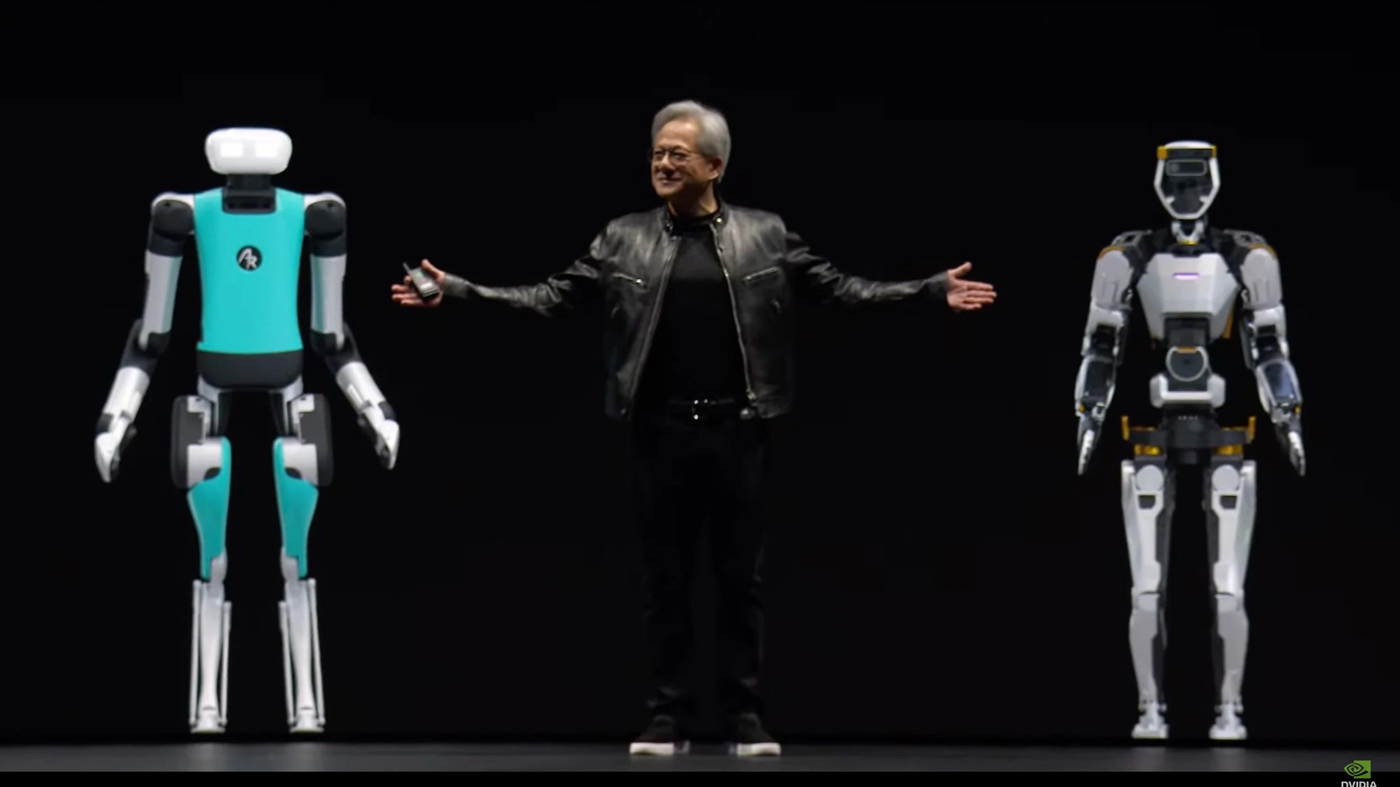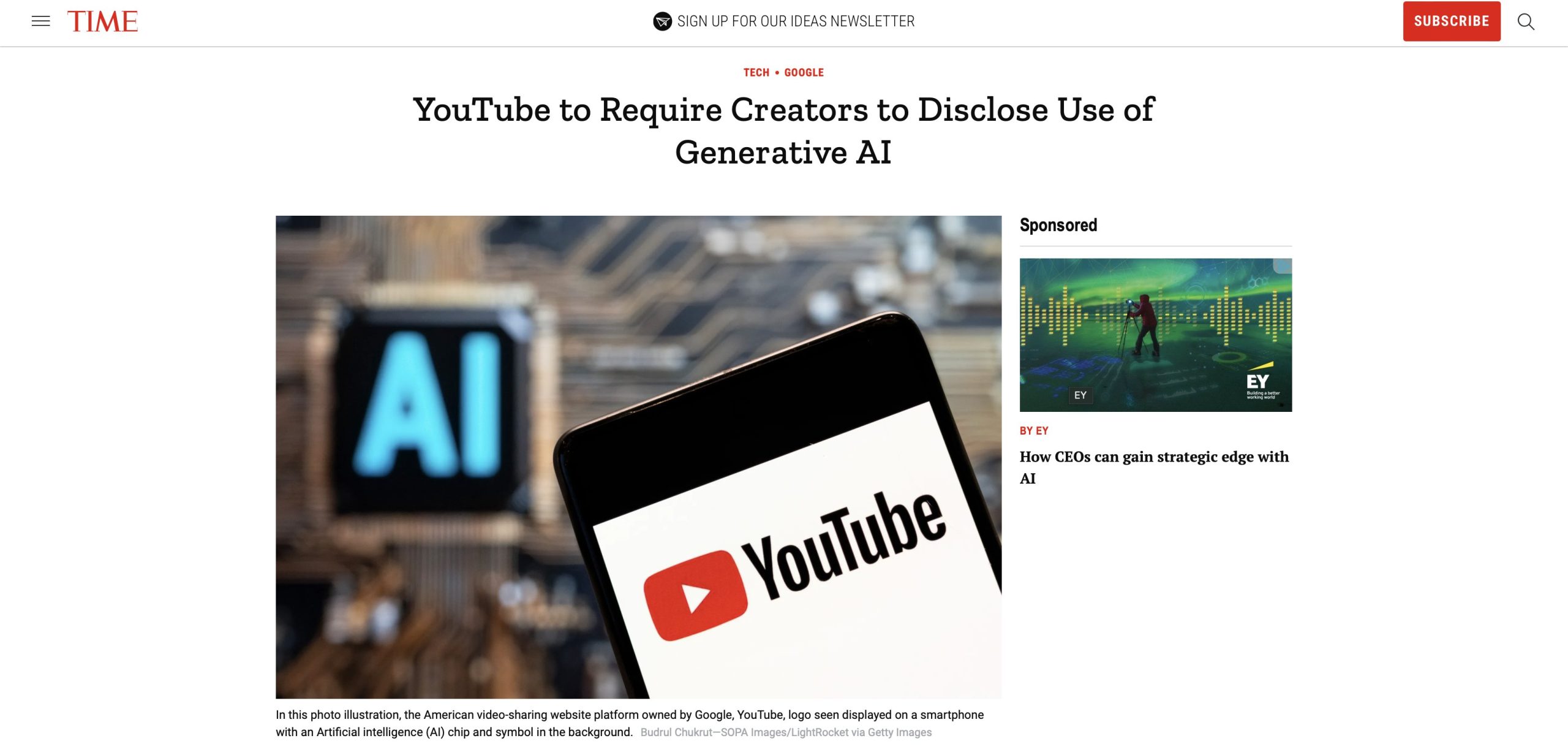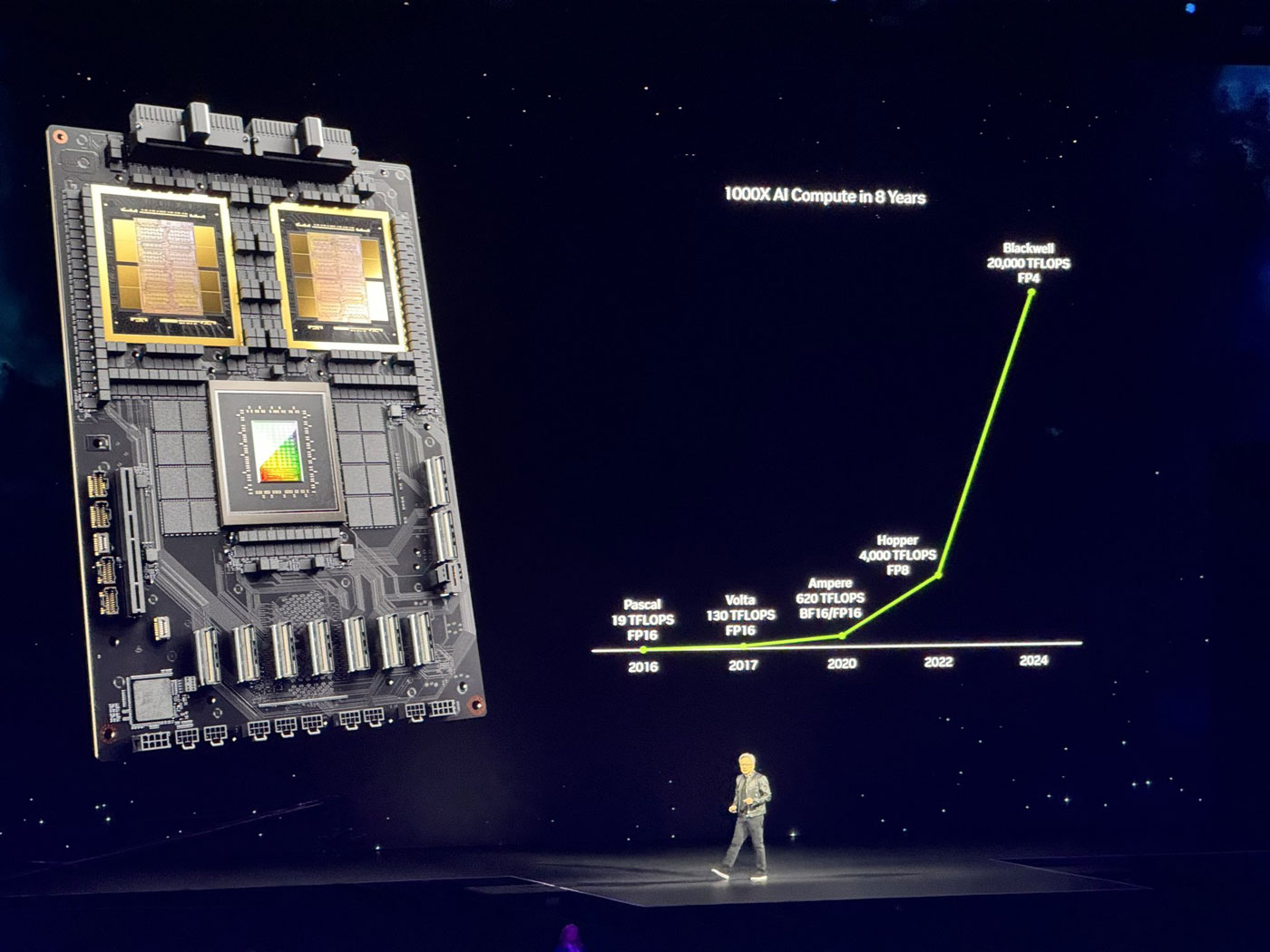What is Embodied AI? Explained
Artificial intelligence (AI) has woven itself into the fabric of our lives. From the recommendations on your favorite streaming service to the autopilot in your car, AI thrives in the digital realm. But what if intelligence could exist not just in ones and zeroes, but also in the physical world? Enter embodied AI, a revolutionary approach poised to bridge the gap between the digital and physical landscapes.
Unlike traditional AI that operates on pre-programmed data, embodied AI equips intelligent agents with robotic bodies and sensory capabilities. Cameras become eyes, microphones become ears, and an array of sensors allows these agents to perceive their surroundings. This sensory data is then fed into powerful AI algorithms, enabling the agents to learn, adapt, and interact with the physical world in real-time.
Imagine a warehouse where robots aren’t confined to pre-determined paths, but can navigate a dynamic environment, identify and grasp objects of various shapes and sizes. Or picture a humanoid robot surgeon with the dexterity and adaptability to perform minimally invasive procedures in a hospital setting. These are just a glimpse of the potential applications of embodied AI.
The road to widespread adoption isn’t without its hurdles. Developing the intricate interplay between hardware, software, and AI algorithms is a complex challenge. Additionally, safety and ethical considerations regarding robots operating in the real world need to be carefully addressed.
The potential rewards are vast. Embodied AI holds promise for revolutionizing sectors like manufacturing, healthcare, and logistics. It could even play a crucial role in search and rescue missions or space exploration, venturing where humans cannot.
The development of embodied AI is a race being watched closely by tech giants and research institutions alike. With every breakthrough in areas like robotics, sensor technology, and AI processing power, the lines between science fiction and reality continue to blur. As embodied AI takes its first steps into the world, one thing is certain: the way we interact with technology, and perhaps even our environment, is on the cusp of a dramatic transformation.





